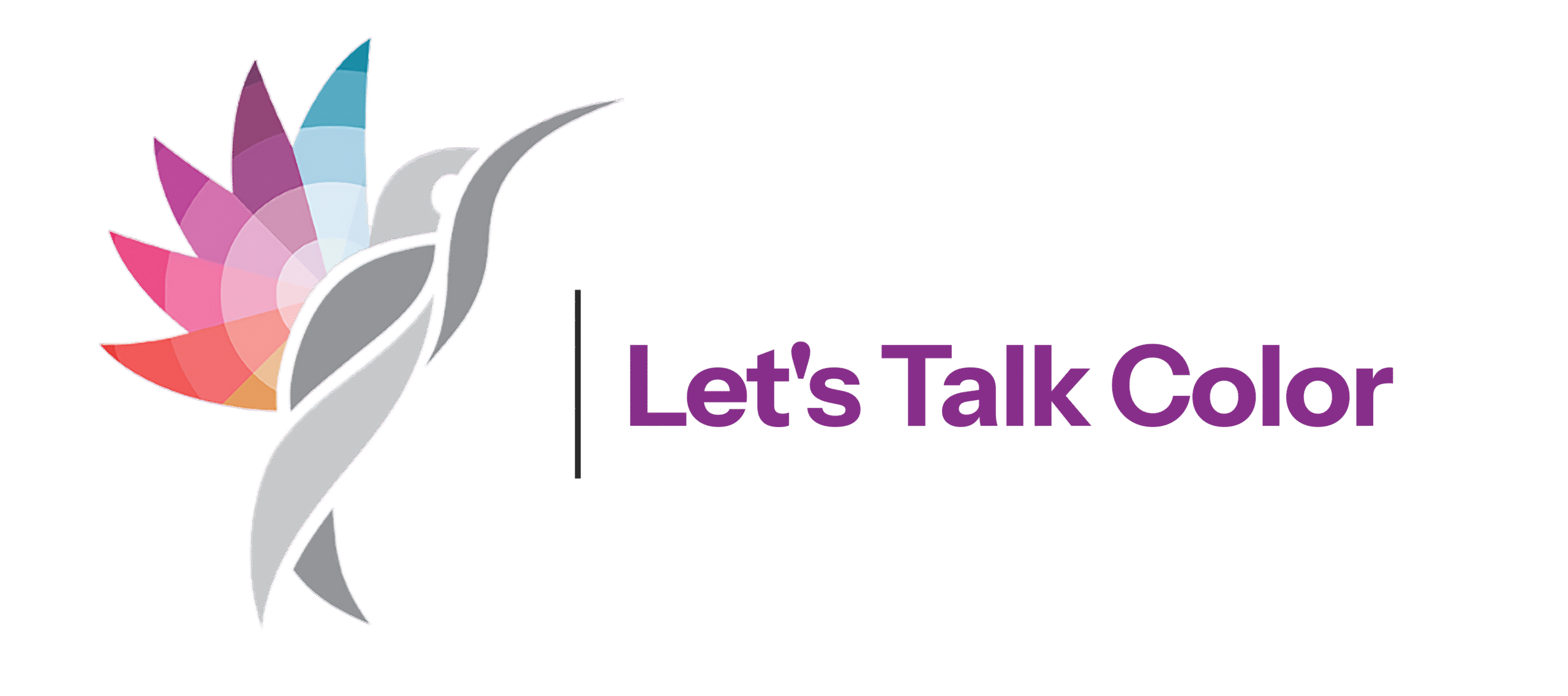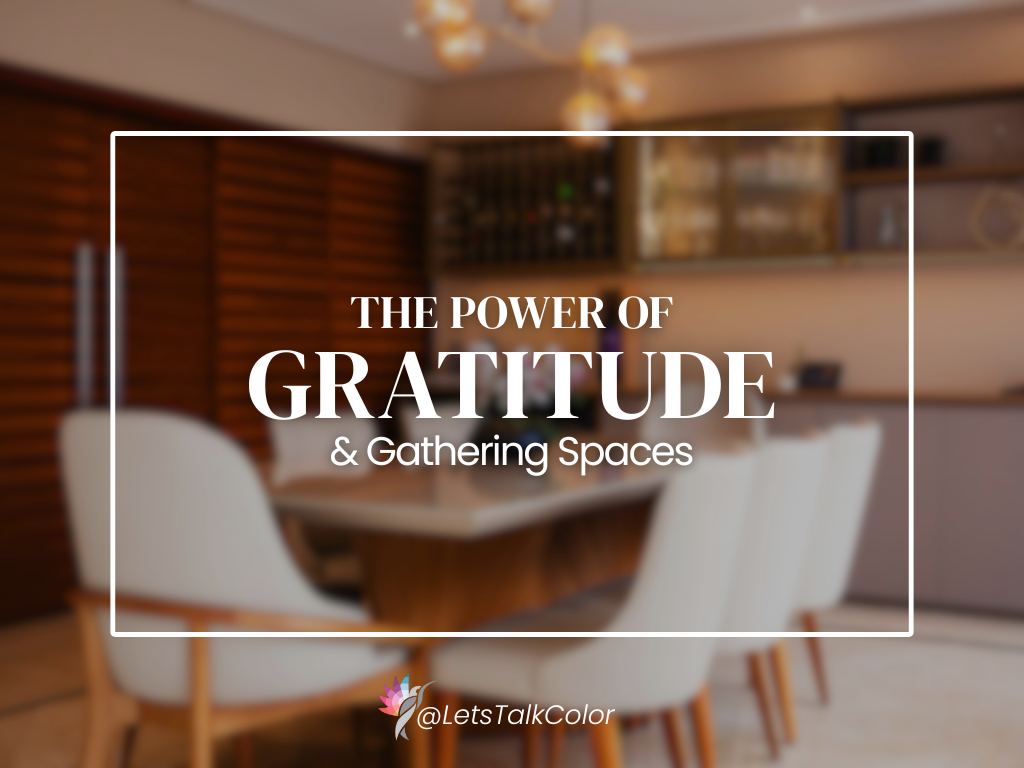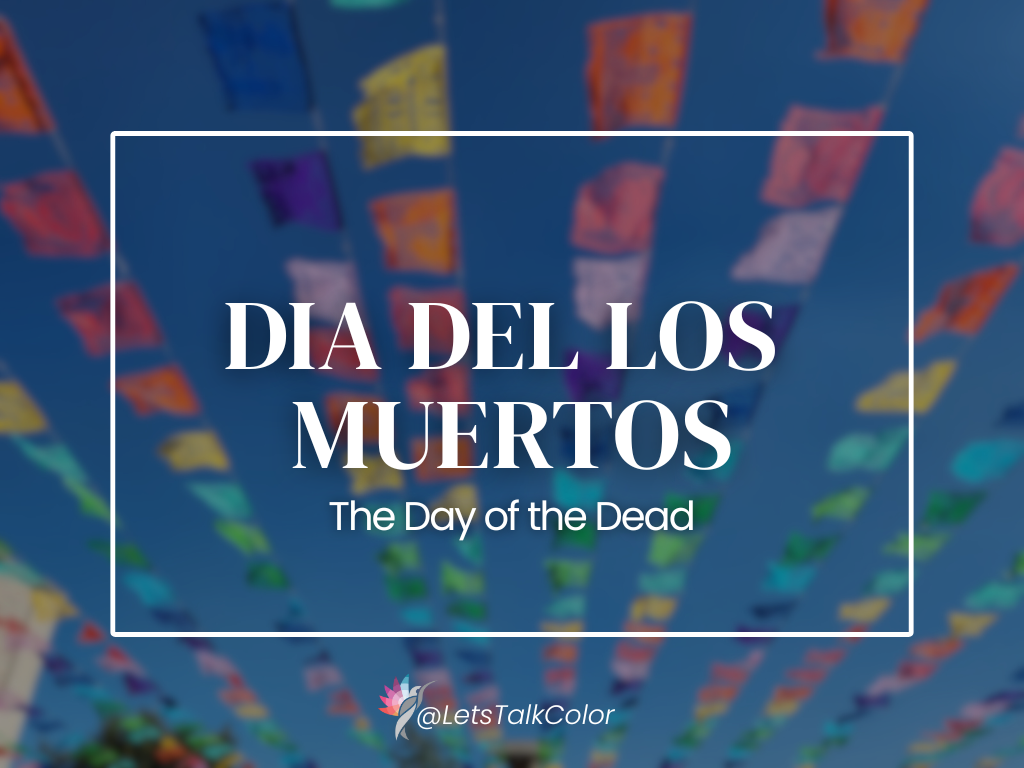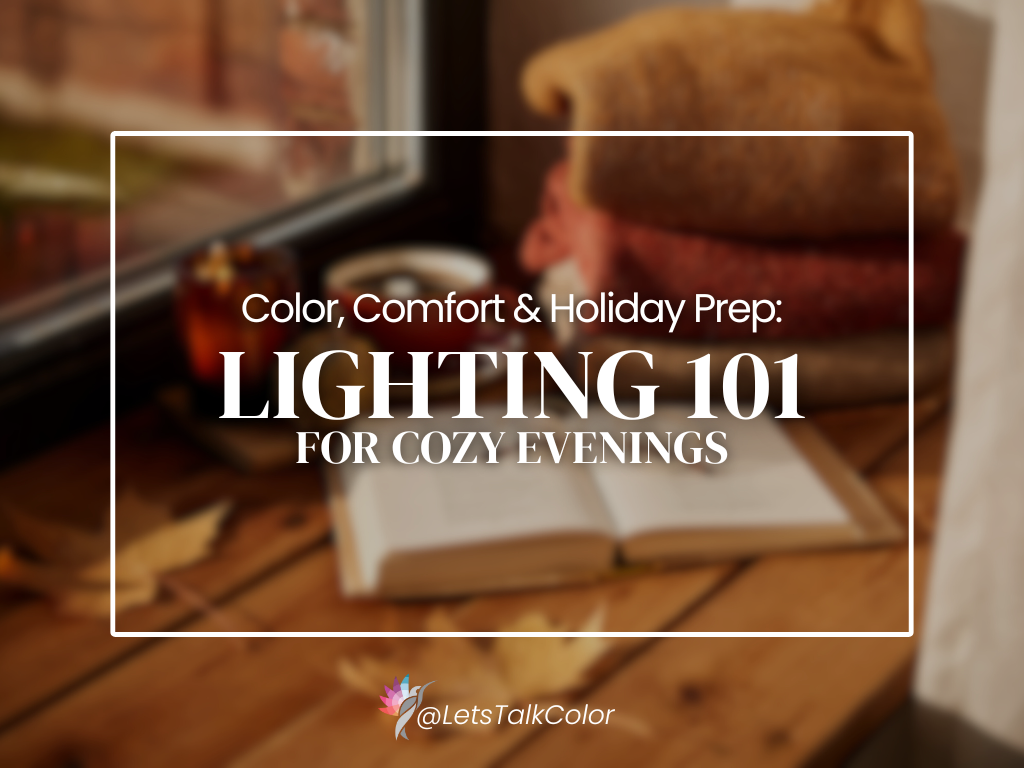On my recent trip to Georgetown, South Carolina, I discovered something that fascinated me: Indigo, one of the colors of the rainbow, actually comes from a plant. What surprised me even more was learning how this humble plant became so valuable in history that it was once called “blue gold.”
A Plant with a Powerful Pigment
Indigo dye is extracted from the leaves of the Indigofera plant. The process is slow and labor-intensive: the leaves must be soaked, fermented, and beaten to release the deep blue pigment. Unlike other natural dyes, indigo doesn’t fade quickly, and it produces a color that is both rich and lasting. This made it highly prized long before synthetic dyes were invented.
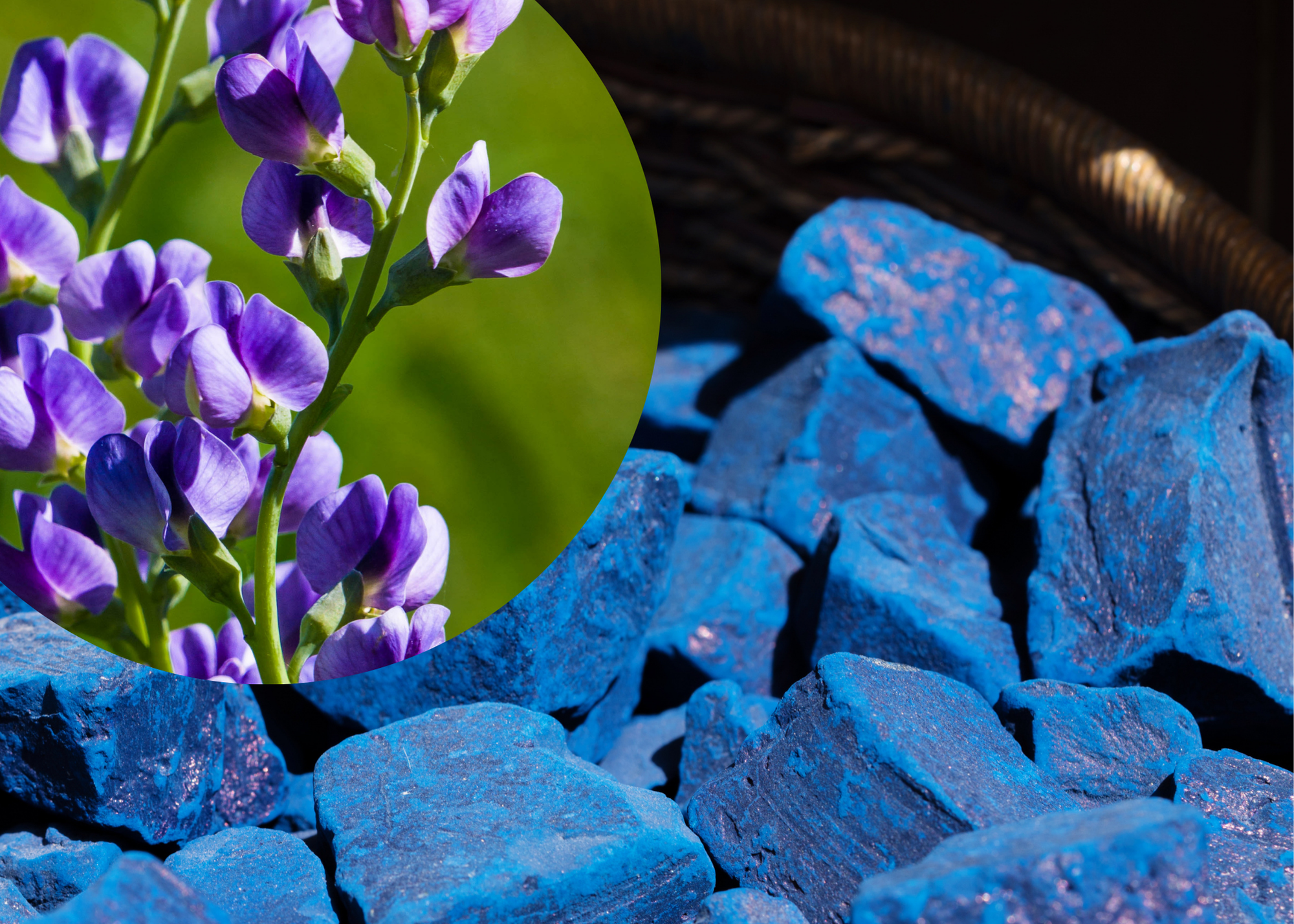
Indigo in South Carolina History
In the 1700s, South Carolina’s hot and humid climate proved perfect for cultivating indigo. A young woman named Eliza Lucas Pinckney is often credited with making indigo a profitable crop in the region. By the mid-18th century, South Carolina was exporting hundreds of thousands of pounds of indigo to Europe each year, where it was used to dye textiles for the wealthy.
For planters, indigo was as valuable as rice and cotton would later become. For enslaved people, however, it meant backbreaking labor under brutal conditions — another reminder of the complicated history behind the beauty of this color.
Why “Blue Gold”?
Indigo earned the nickname “blue gold” because of the wealth it generated. At a time when European markets craved brilliant blue textiles, indigo brought fortunes to plantation owners. It symbolized luxury, power, and trade dominance. Its value was second only to rice in colonial South Carolina’s exports.
Indigo’s Place in the Rainbow
On the color spectrum, indigo sits between blue and violet. Many people today simply call it a shade of deep blue, but Sir Isaac Newton insisted on giving it a distinct place in the rainbow when he identified the seven spectral colors. Whether you see it as its own hue or part of blue’s family, there’s no denying its cultural and historical weight.
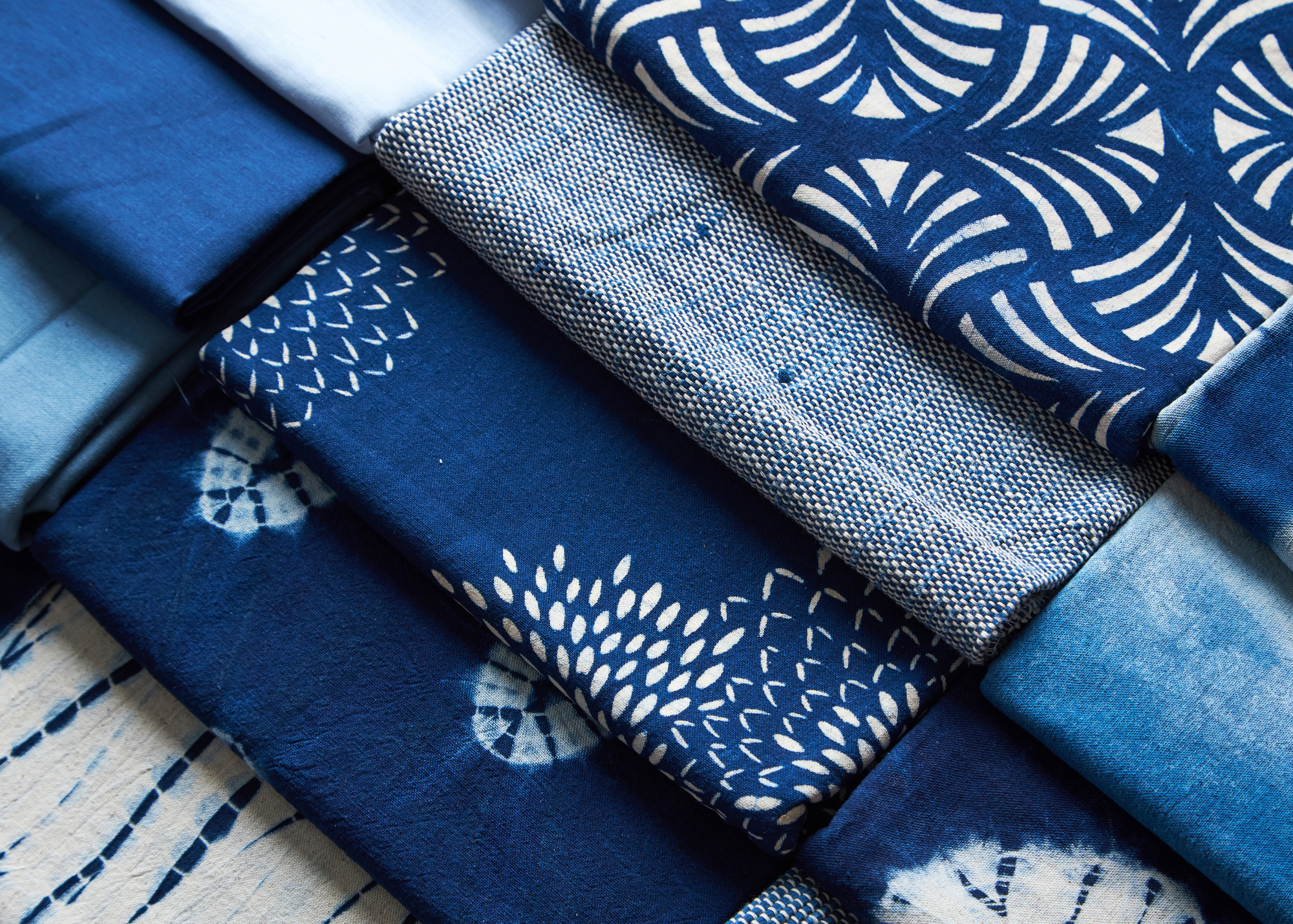
Indigo Today
Today, natural indigo is still used by artisans and textile makers around the world, though most of the indigo in denim jeans and fabrics is synthetic. Visiting Georgetown, SC reminded me that color isn’t just visual – it’s a story of plants, trade, people, and history.
So the next time you pull on a pair of jeans or admire a deep navy wall, remember: you’re seeing the legacy of a plant so powerful it was once worth its weight in gold.
Color is everywhere, not just on our walls but in our history. Want to learn more about how colors shape the way we live and design our homes? Stay tuned to my blog at Let’s Talk Color for more deep dives into the stories behind the spectrum.
How to apply Indigo for Interior Design:
Indigo blue is a versatile color in design. It carries depth, sophistication, and a sense of history. Here’s how you can apply it across different areas:
- Accent Walls: A single indigo wall in a living room, bedroom, or dining room creates a dramatic focal point without overwhelming the space.
- Cabinetry & Built-ins: Indigo-painted kitchen or bathroom cabinets balance well with white quartz, marble, or brass fixtures.
- Textiles: Upholstery, throw pillows, and rugs in indigo bring warmth and grounding to neutral spaces.
- Pairings: Works beautifully with crisp whites, soft grays, warm tans, and natural wood tones.
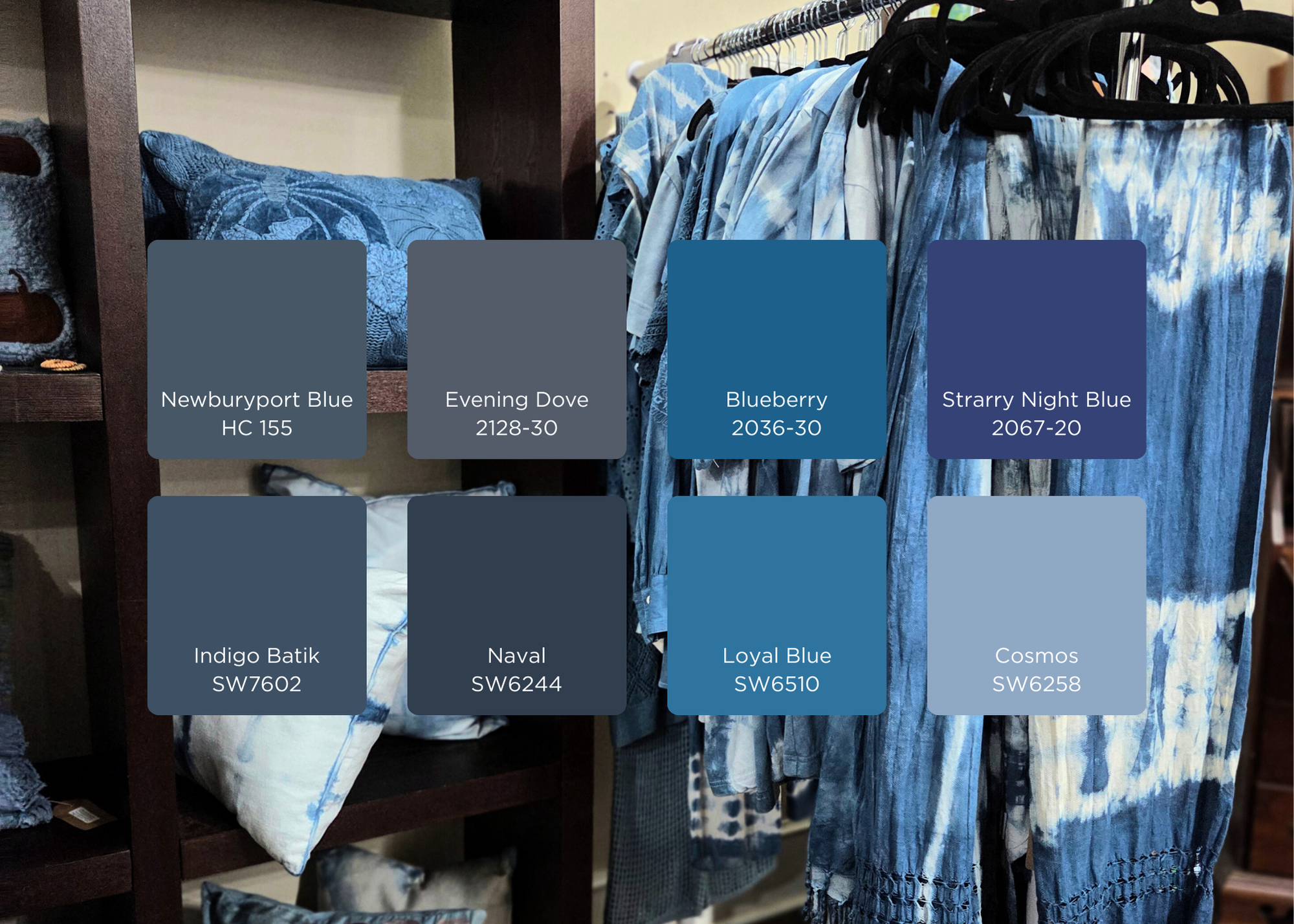
What does this color mean in terms of the psychology of color?
Blue is always connected with trust, authority, respect. The blue component suggests reliability and calm. The violet undertone hints at imagination and spirituality. It bridges the practical and the mystical, making it excellent for spaces where focus and inspiration are needed.
I am familiar with this color in today’s modern world, I feel as if I have seen it more than I knew I did, but I am wondering what your experience is with Indigo?
Care to share?
